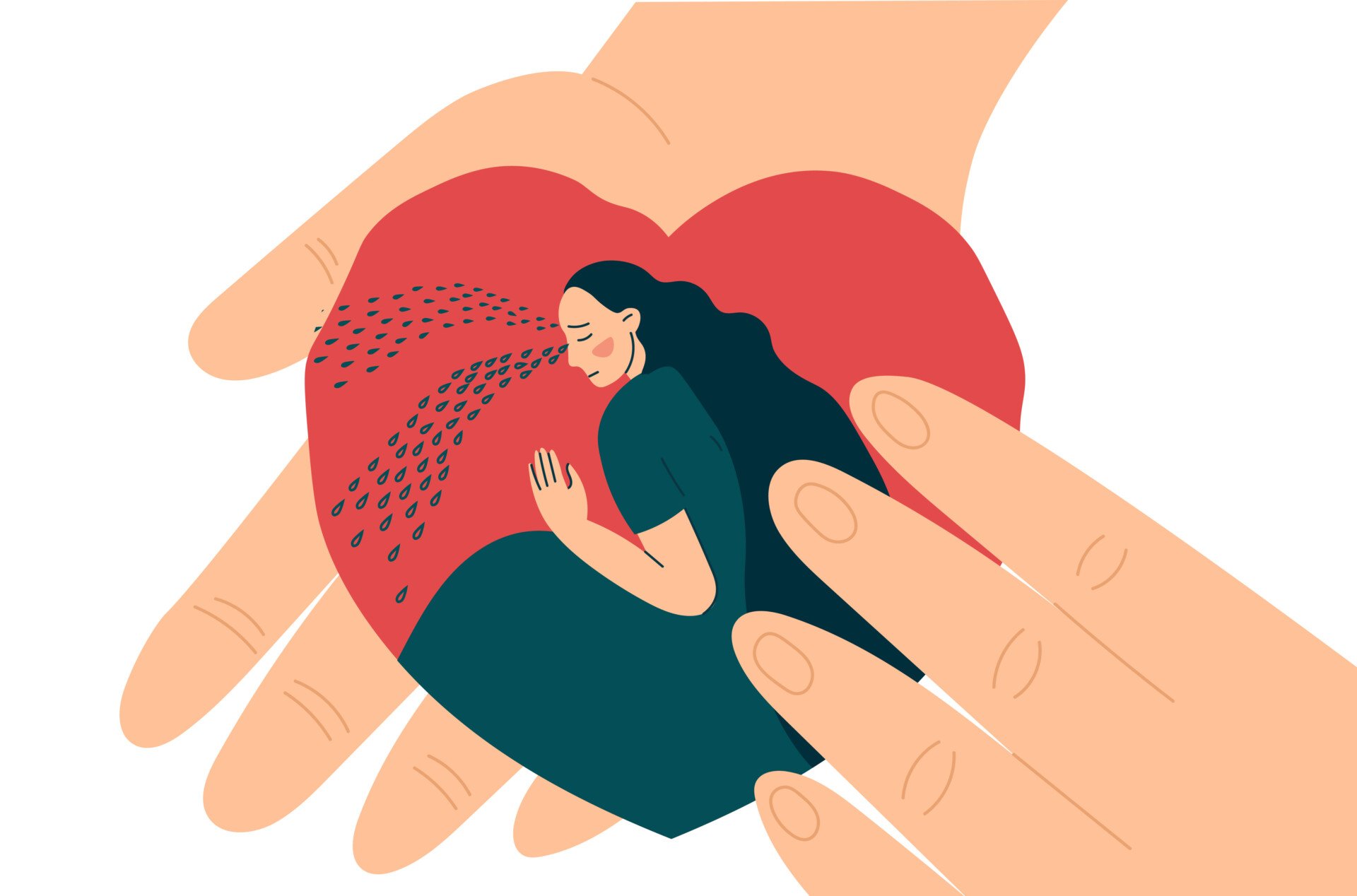Big 5 Personality Traits: The 5-Factor Model of Personality
The Big Five Personality Traits are a widely recognized model for understanding personality. They include openness to experience, conscientiousness, extraversion, agreeableness, and neuroticism. These traits describe an individual’s behavior, emotions, and thinking patterns, and are often used to predict life outcomes like job performance and well-being. Each trait exists on a spectrum, with people varying in how strongly they express each one.| Simply Psychology





